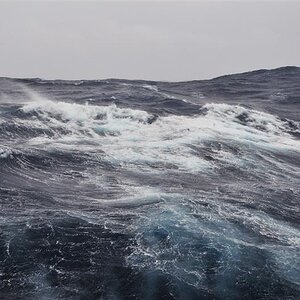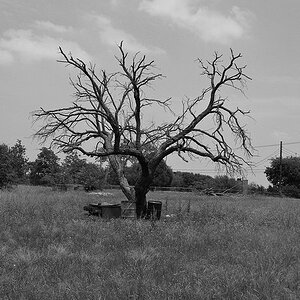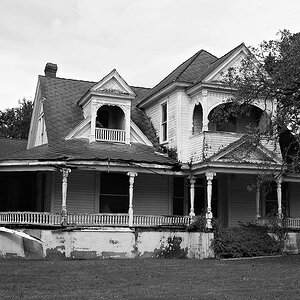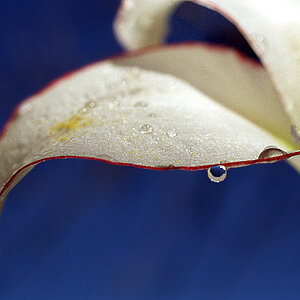I
Iron Flatline
Guest
Hi all.
I am having a very hard time with Flash. I have read a lot of threads about Flash, but have yet to come to grips with the underlying math. I'm pretty competent when it comes to available light, but augmenting it or creating my own has been an exercise in frustration.
Basically, I need a short-cut so I can kick-start my flash education. I really like to understand the technical aspects, but I prefer to learn off shots that I get right. As of now, I'm just getting them wrong.
I use a Canon 5D with Speedlight 550EX and a LumiQuest diffuser, all set to E-TTL. I'm usually pretty close to the subject, using a 24-70mm lens. On some of them the flash is in the other hand, being triggered by a little remote. I never got the manual for the Flash (good price on eBay for it though) so I haven't really had a chance to understand the settings.
A party photographer offered me the following advice: shoot as slow as possible. Don't shoot faster than 1/60th, preferably even 1/50th or 1/40th to get as much info in the background of the subject. I've also been shooting relatively open apertures (around f5.6) but have gone smaller (f8 up to f11) if warranted. I've been shooting at ISO 50 or 100, but forget to reset in the heat of fun shots.
Now, a lot has to do with the environment, and sometimes all I need is fill (no problem) but lighting with Flash is not working for me.
I'm not happy. To wit:
1/60th at f6.3, ISO 50, flash on the camera. Almost no detail in the back. No idea what to do here...

1/60th at 2.8, ISO 200, flash on the camera. This one is pretty good:

1/60th at f4, ISO 400 (too high), flash on the camera. Not bad, but too brightly filled. ISO too high?

1/60th at f2.8, ISO 100, flash in the hand (bad lighting angle). He's over-exposed, but the background came out ok. Should I have shot faster? A smaller aperture?

1/60th at f9, ISO 100. This one is quite good, I'm pleased with it. Is it the smaller aperture that helped me get this right?

Ok, here's two that show why I currently prefer to shoot with available light:
1/50th at f7.1, ISO 100, flash in the hand way below the camera. Discounting the poor lighting angle, she is still way too bright, and there's no detail in the background....

1/60th at f1.4, ISO 400. Maybe these kind of shots will always be better without flash...

Help. How can I get better Flash images?
I am having a very hard time with Flash. I have read a lot of threads about Flash, but have yet to come to grips with the underlying math. I'm pretty competent when it comes to available light, but augmenting it or creating my own has been an exercise in frustration.
Basically, I need a short-cut so I can kick-start my flash education. I really like to understand the technical aspects, but I prefer to learn off shots that I get right. As of now, I'm just getting them wrong.
I use a Canon 5D with Speedlight 550EX and a LumiQuest diffuser, all set to E-TTL. I'm usually pretty close to the subject, using a 24-70mm lens. On some of them the flash is in the other hand, being triggered by a little remote. I never got the manual for the Flash (good price on eBay for it though) so I haven't really had a chance to understand the settings.
A party photographer offered me the following advice: shoot as slow as possible. Don't shoot faster than 1/60th, preferably even 1/50th or 1/40th to get as much info in the background of the subject. I've also been shooting relatively open apertures (around f5.6) but have gone smaller (f8 up to f11) if warranted. I've been shooting at ISO 50 or 100, but forget to reset in the heat of fun shots.
Now, a lot has to do with the environment, and sometimes all I need is fill (no problem) but lighting with Flash is not working for me.
I'm not happy. To wit:
1/60th at f6.3, ISO 50, flash on the camera. Almost no detail in the back. No idea what to do here...

1/60th at 2.8, ISO 200, flash on the camera. This one is pretty good:

1/60th at f4, ISO 400 (too high), flash on the camera. Not bad, but too brightly filled. ISO too high?

1/60th at f2.8, ISO 100, flash in the hand (bad lighting angle). He's over-exposed, but the background came out ok. Should I have shot faster? A smaller aperture?

1/60th at f9, ISO 100. This one is quite good, I'm pleased with it. Is it the smaller aperture that helped me get this right?

Ok, here's two that show why I currently prefer to shoot with available light:
1/50th at f7.1, ISO 100, flash in the hand way below the camera. Discounting the poor lighting angle, she is still way too bright, and there's no detail in the background....

1/60th at f1.4, ISO 400. Maybe these kind of shots will always be better without flash...

Help. How can I get better Flash images?


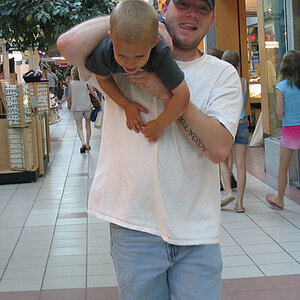
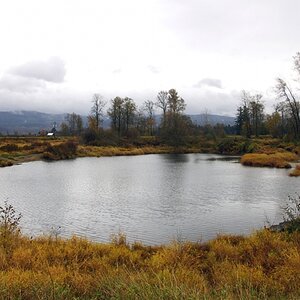
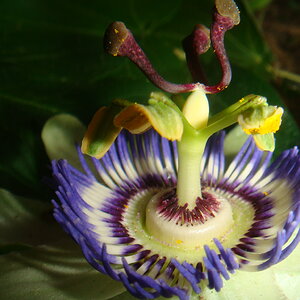
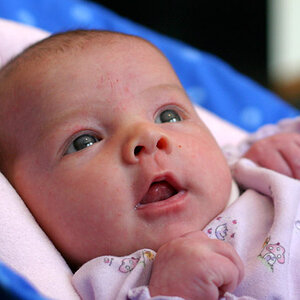
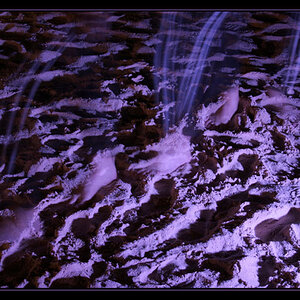
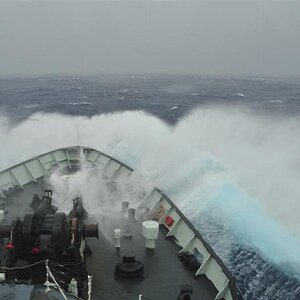
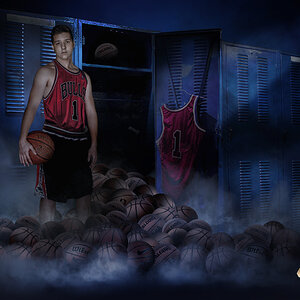
![[No title]](/data/xfmg/thumbnail/31/31096-b9b8d52b45753cd4f9251832149ef9da.jpg?1619734613)
